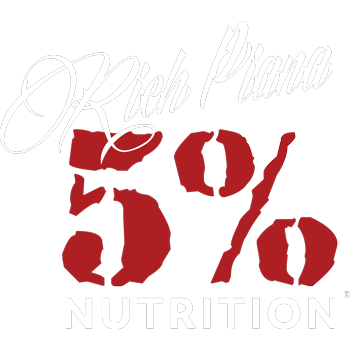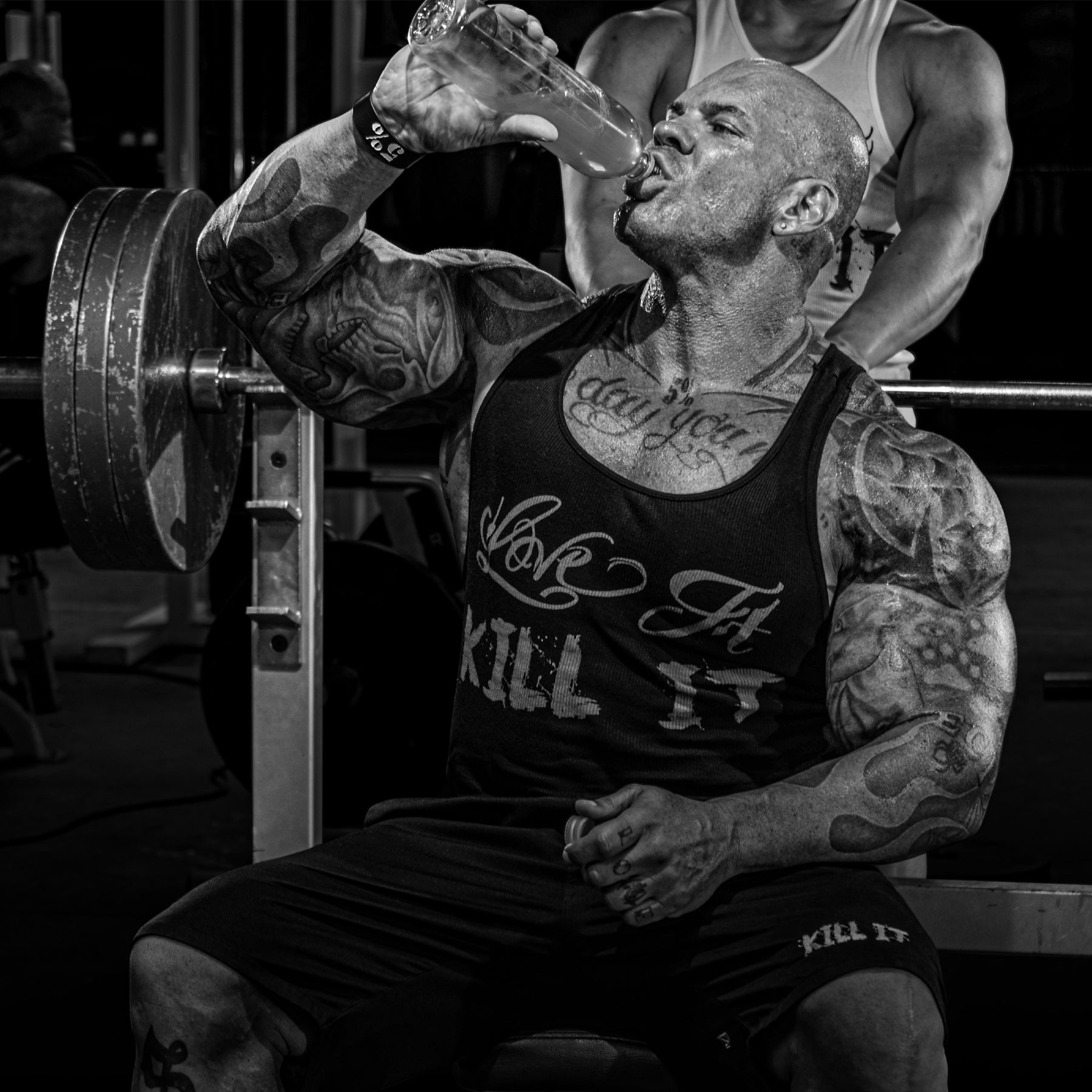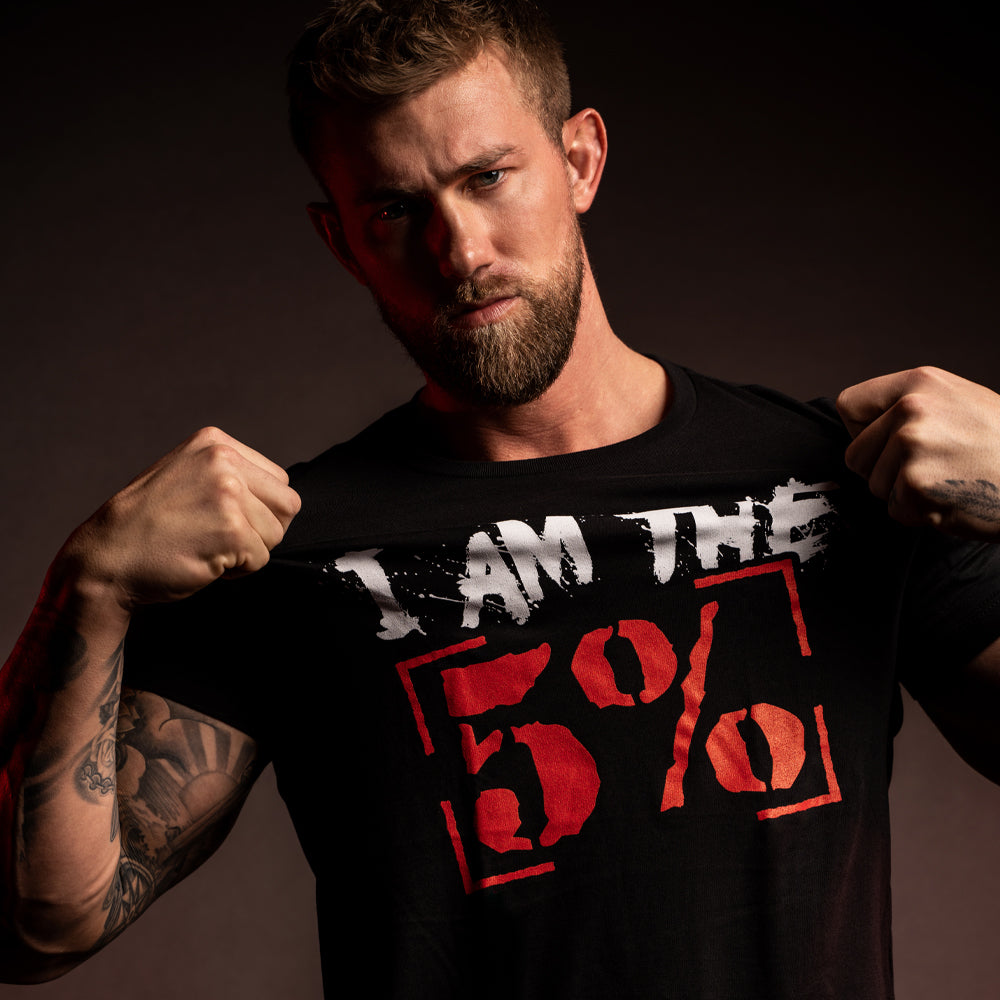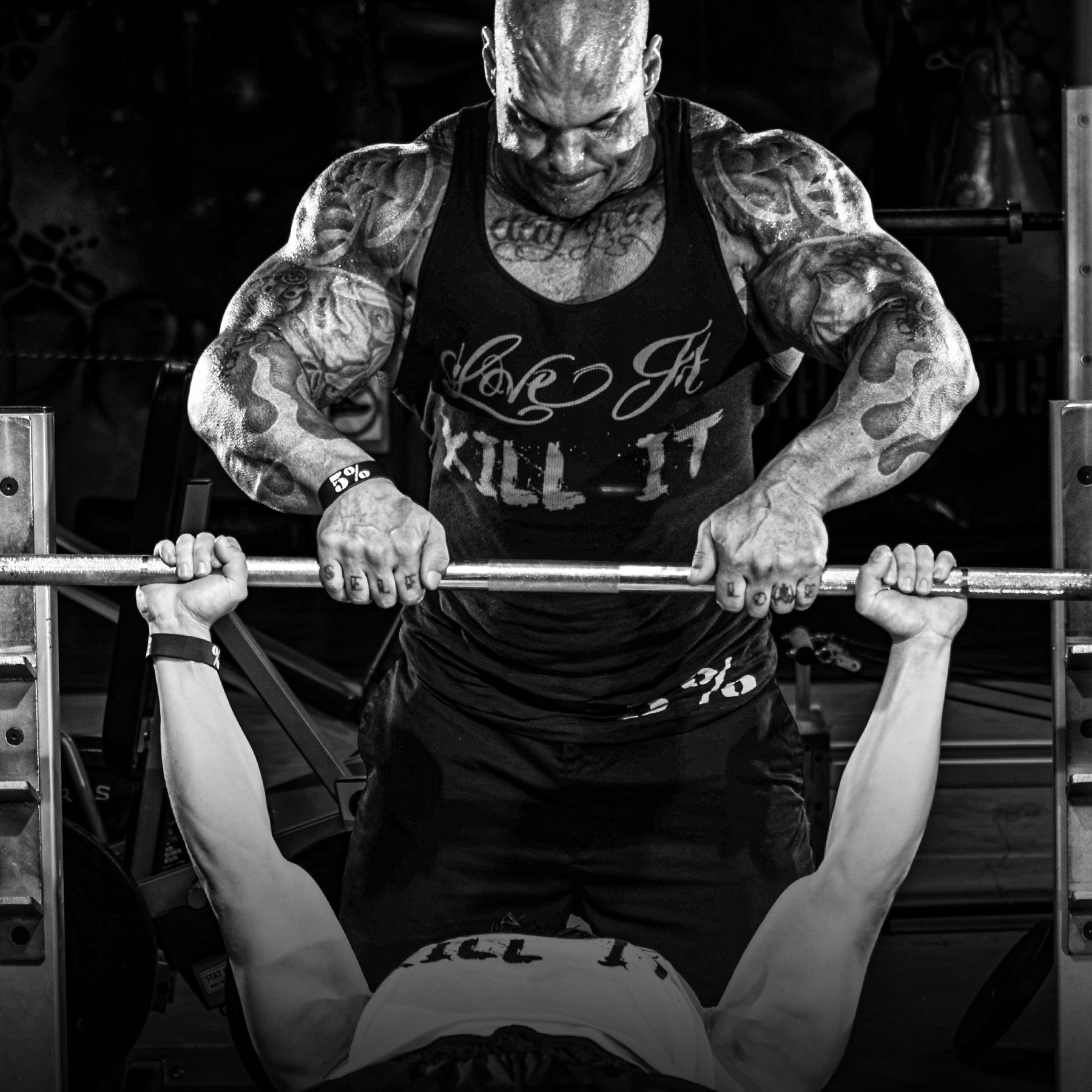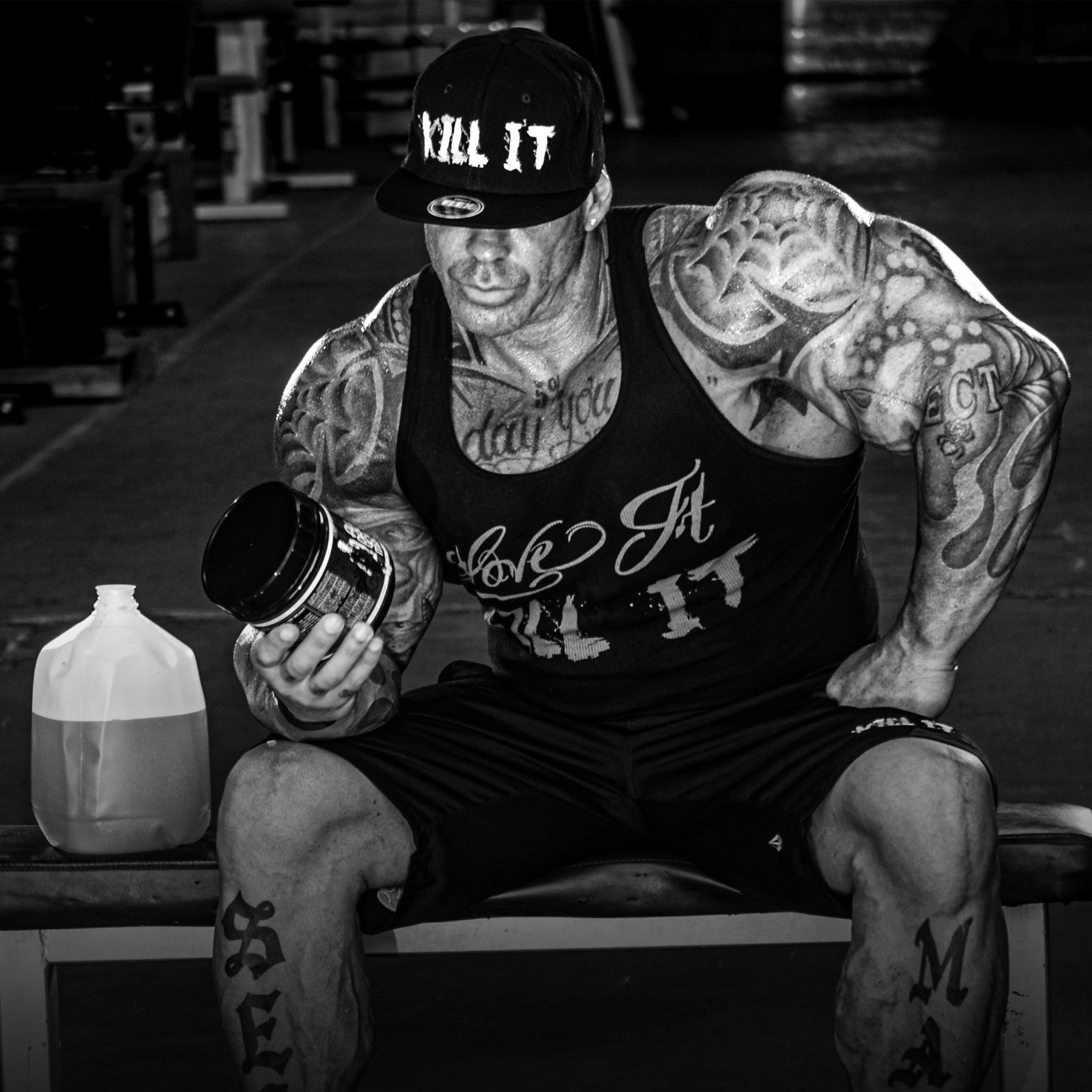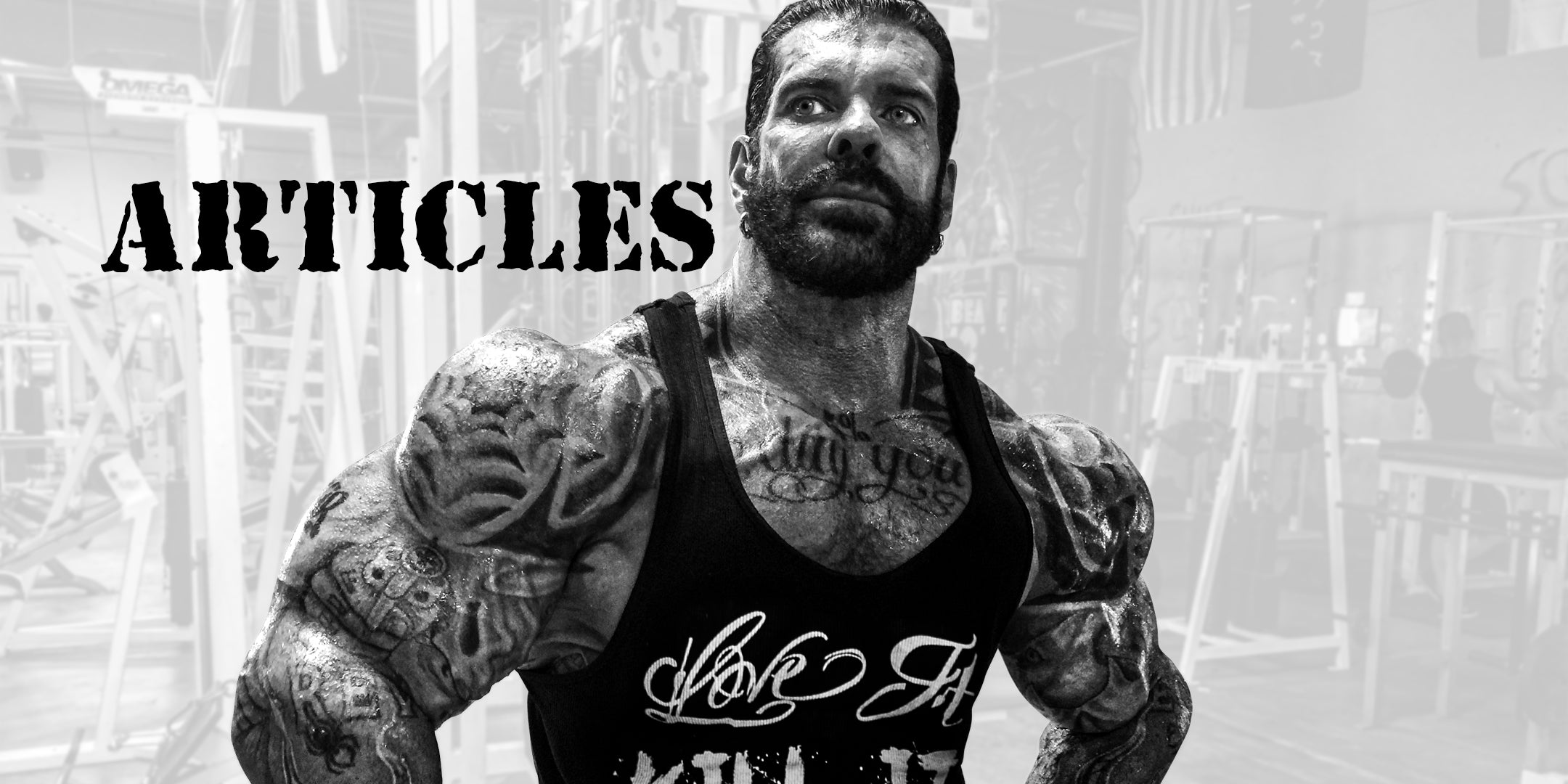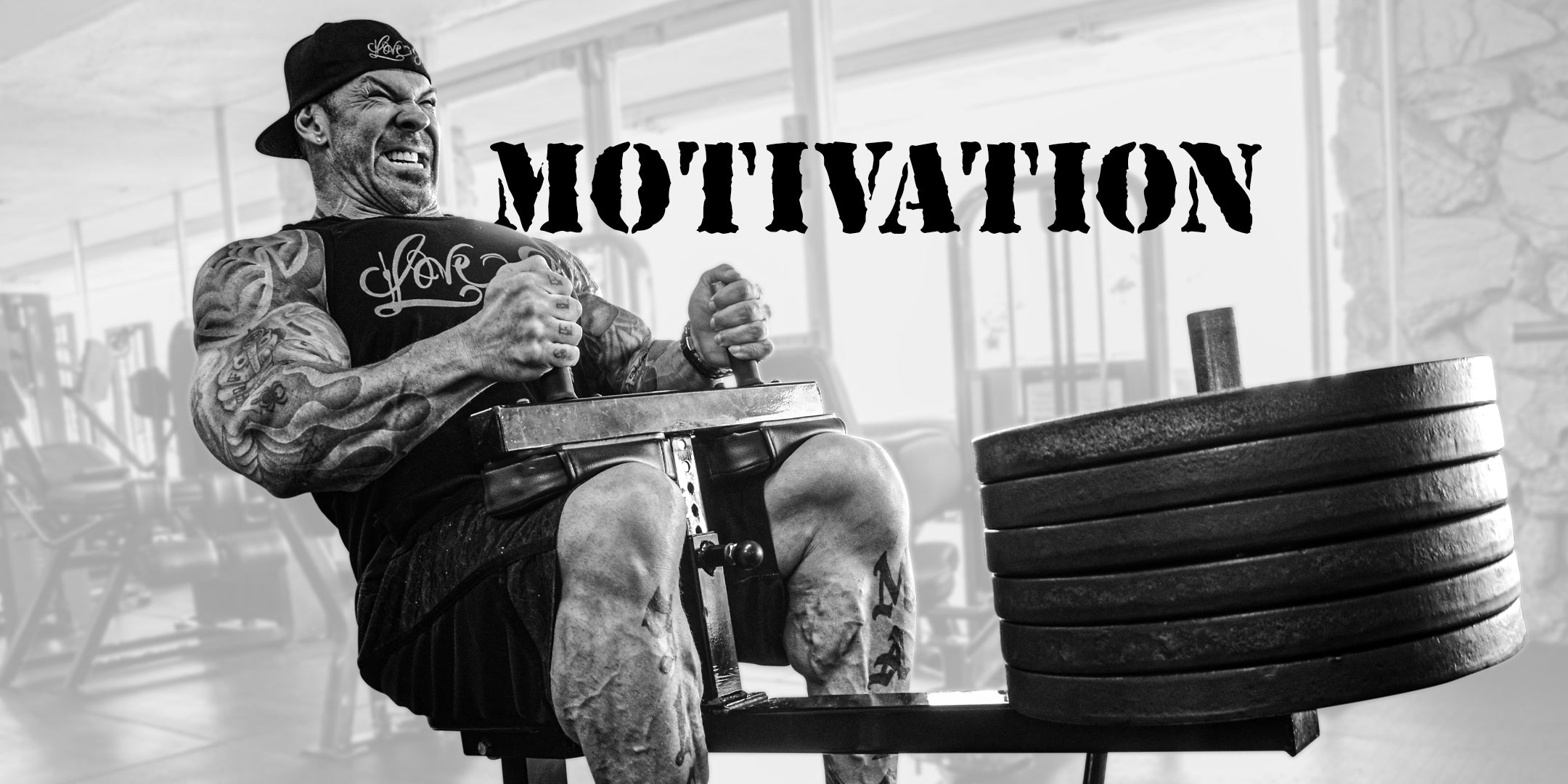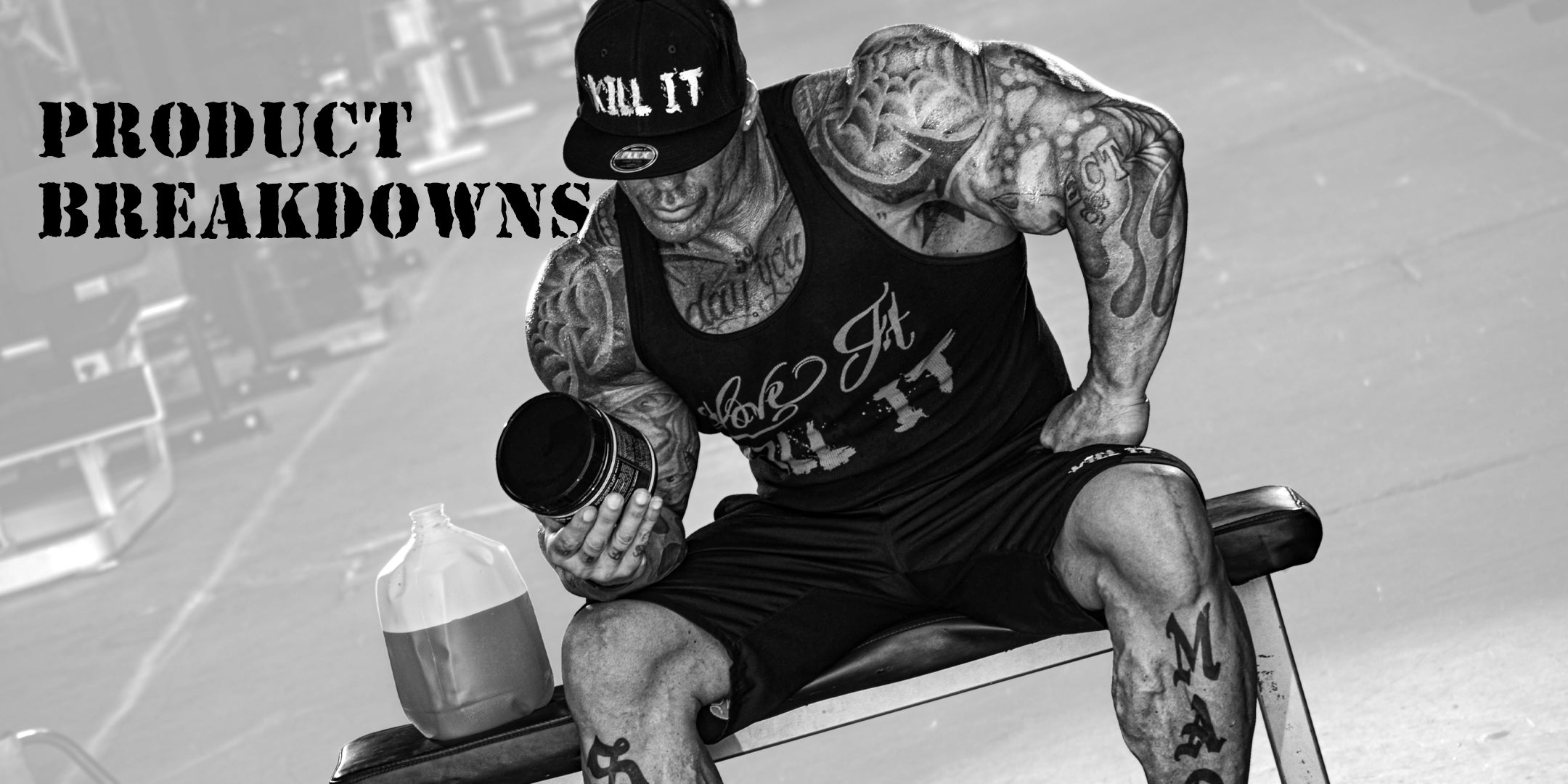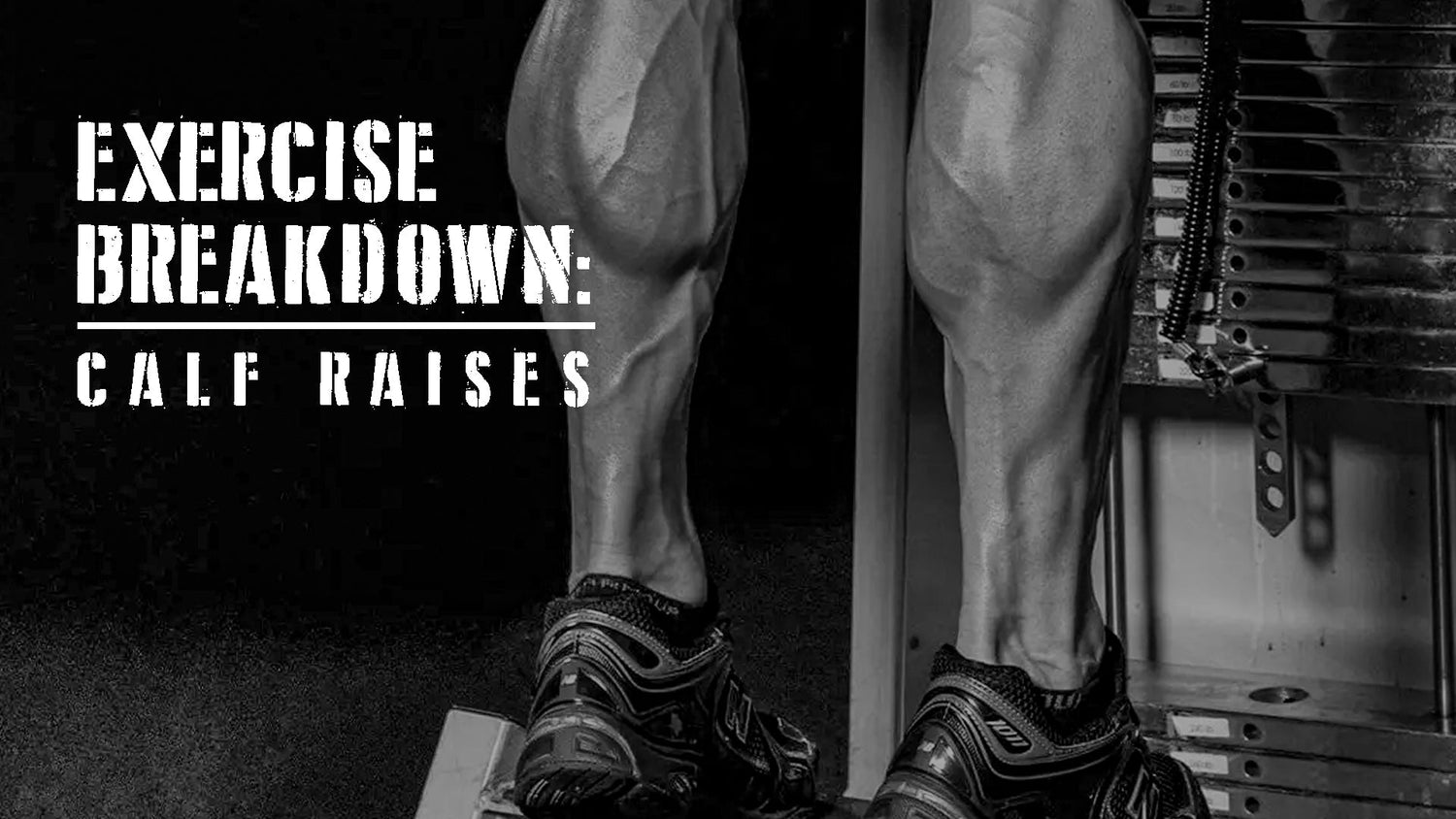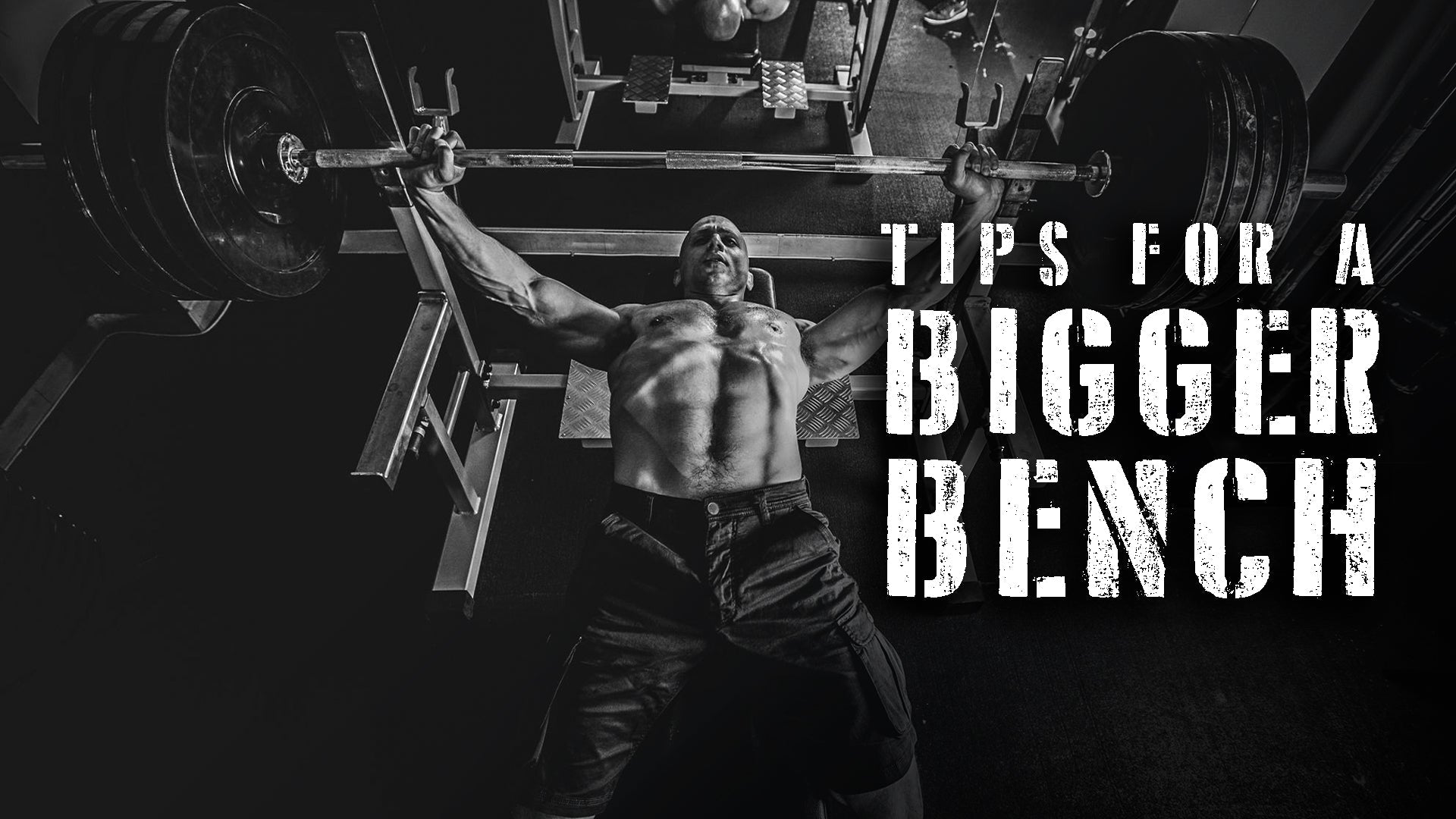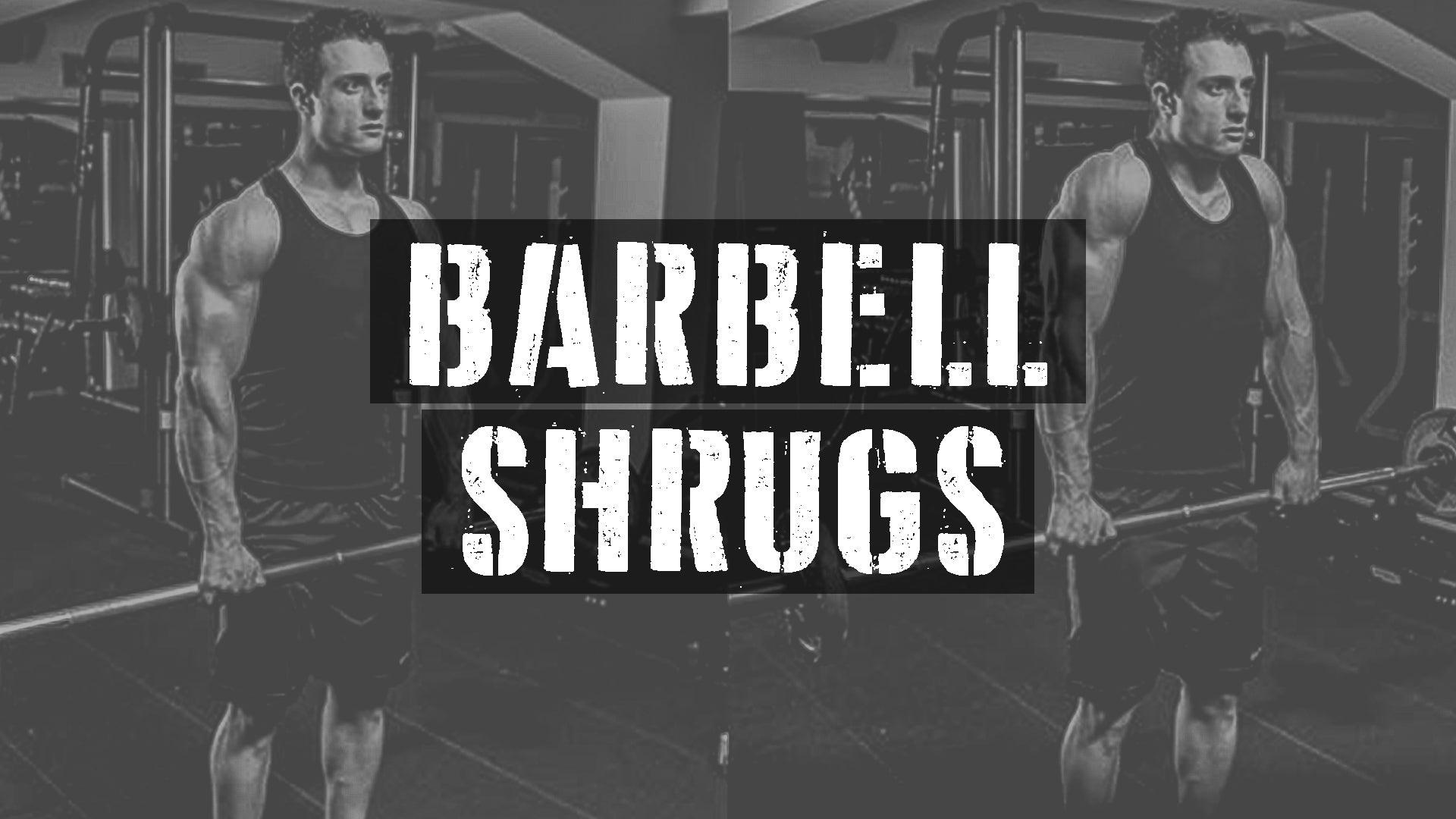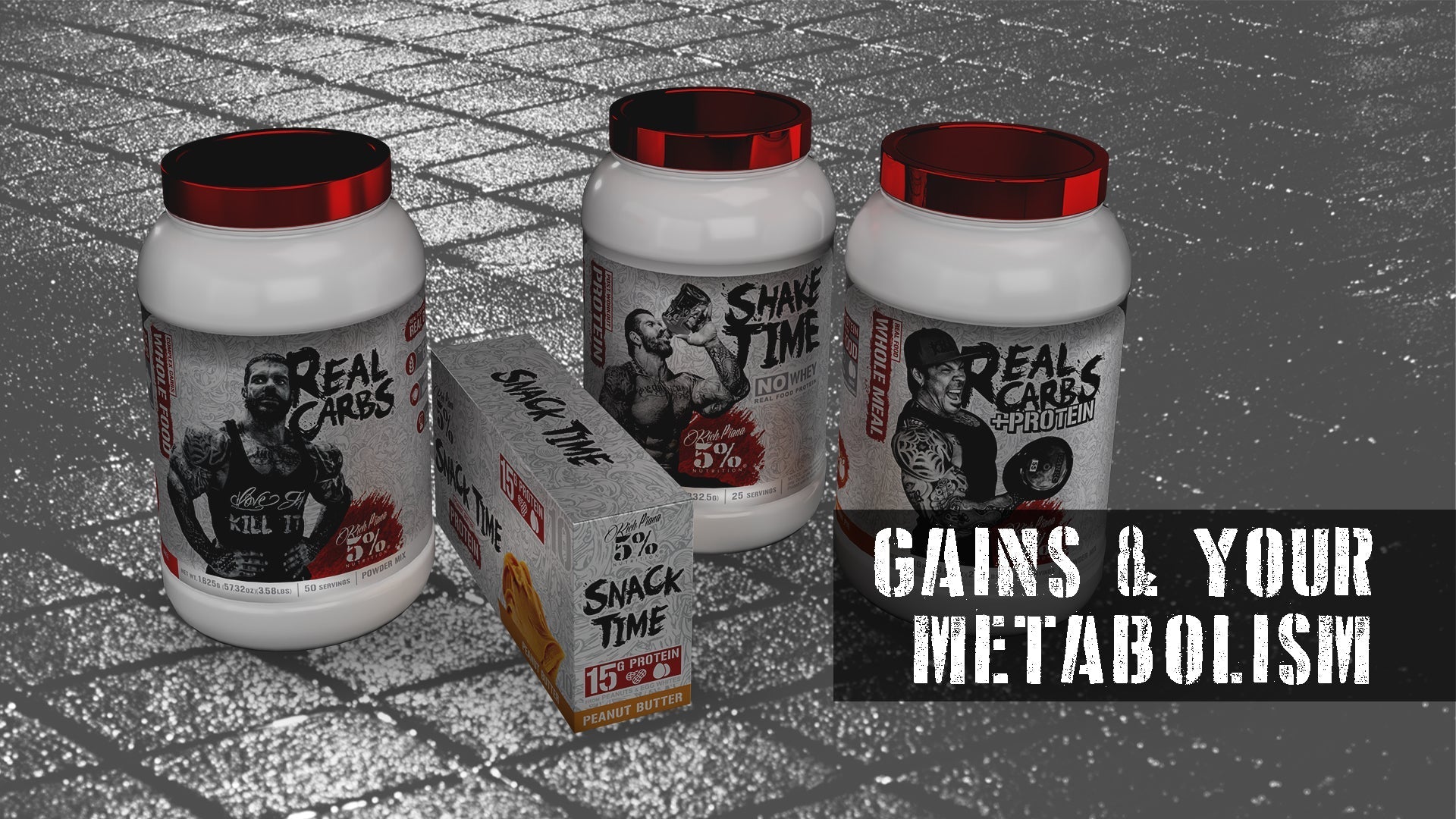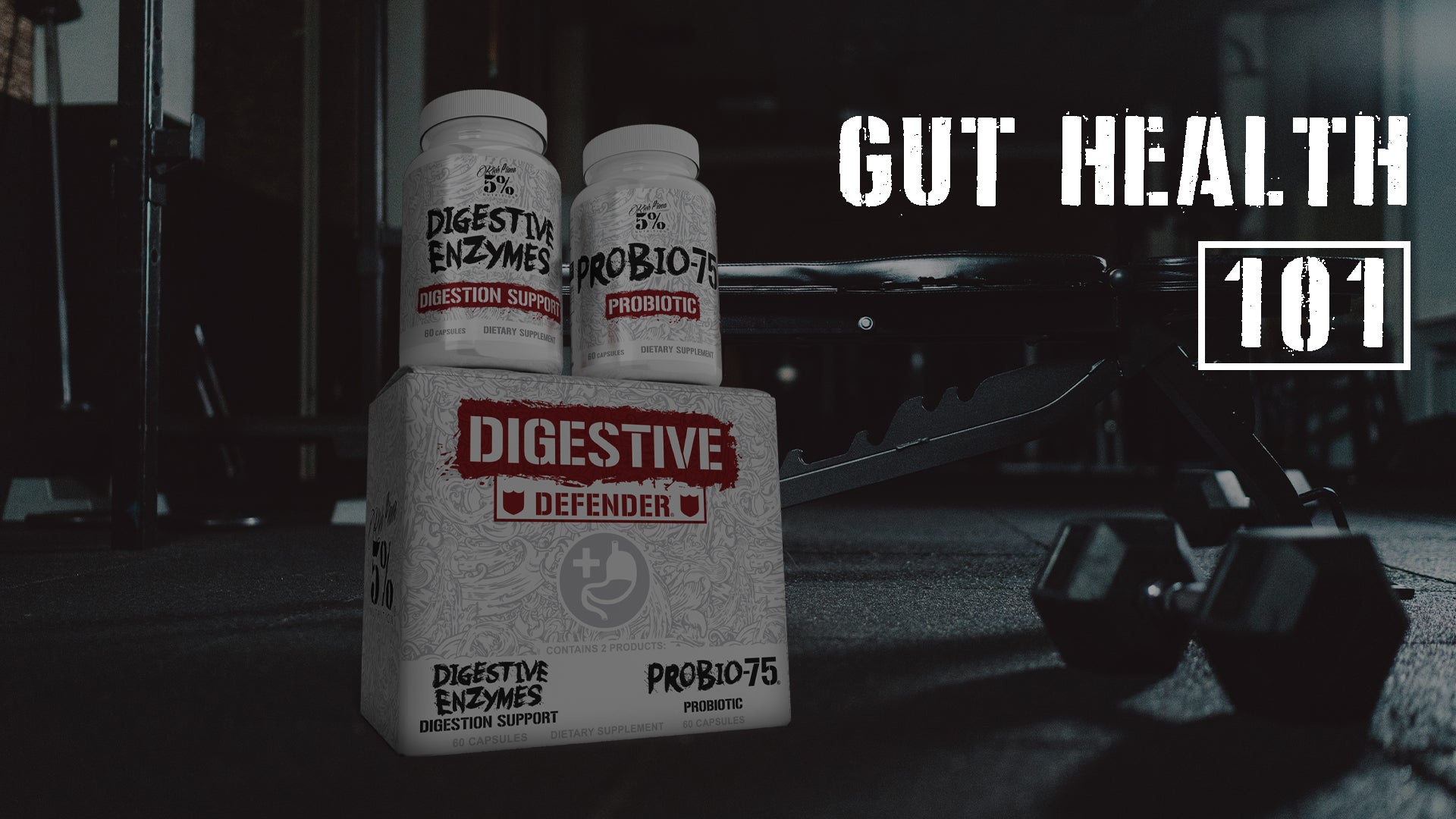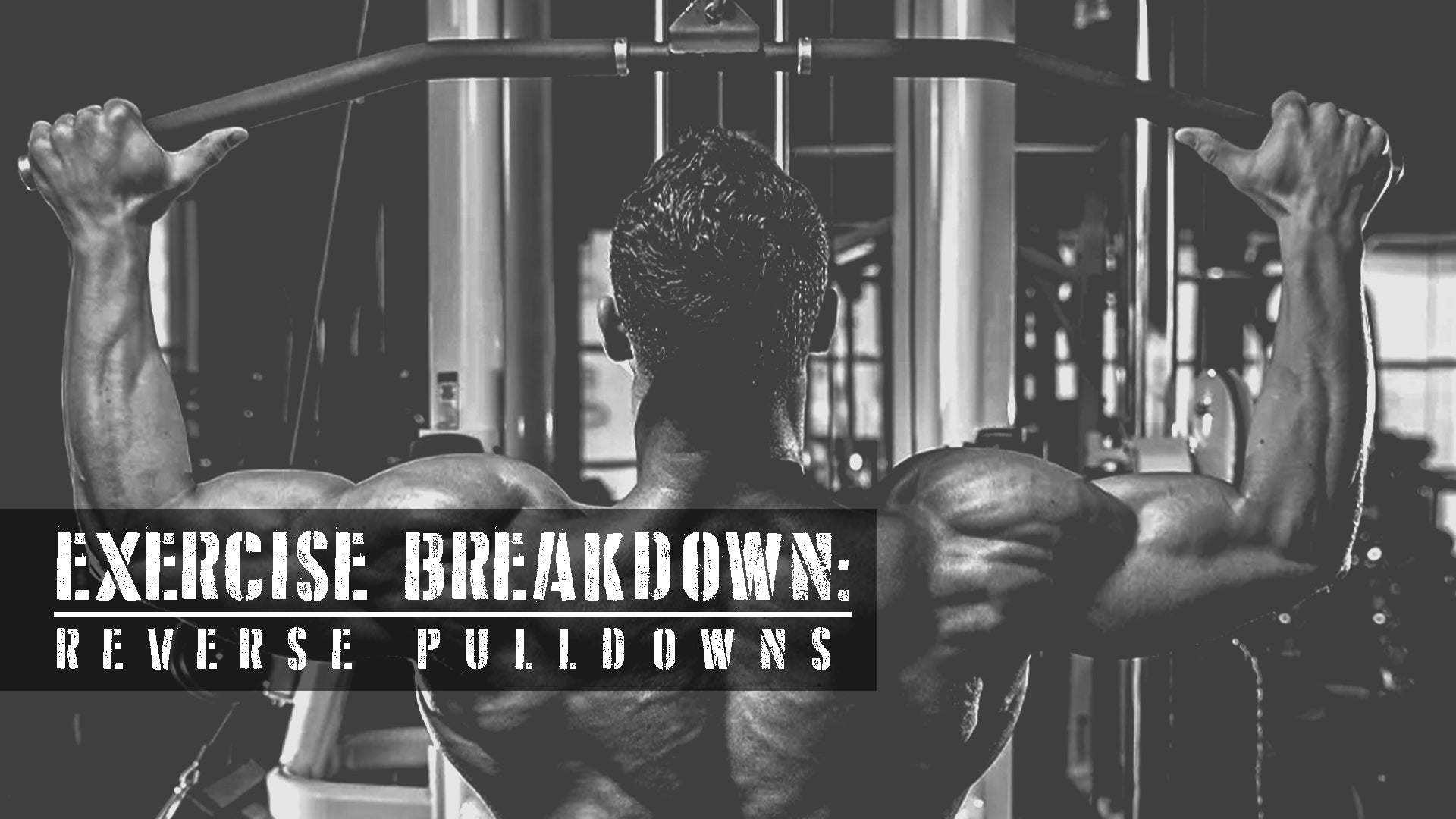Many of us have a couple of problem areas, right? For some, it might be a “showpiece” muscle like biceps or lats. For others, it might be calves - not as flashy but just as important. In this edition of Exercise Breakdown, we’ll look at one of the most common calf exercises - calf raises. We’ll also review the muscles worked, look at some variations, and present an example routine used by Rich himself. Finally, we’ll cap it off with 5% Nutrition supplement suggestions.
What Are Calf Raises
Calf Raises are an isolation exercise that targets the calf muscles. Historically, many bodybuilders ignore their calves or give them a few half-hearted sets at the end of their workout. This happened to Arnold early in his competitive career. Once he realized the importance of well-developed calves on the contest stage, he turned his weak calves into a major strong point.
Muscles Worked
The primary calf muscles are the gastrocnemius and the soleus. The gastrocnemius has two heads: the medial and the lateral, and gives the calves that “diamond” shape. If you perform standing calf raises, and keep your knees straight, the exercise works both. The seated variation works the soleus. Also, there is the tibialis anterior on the front of the lower leg. Working this muscle adds to the visual impact of a great pair of calves.(1,2)
Variations
The biggest variation is whether you perform this exercise standing or seated. There are specific machines for each. The primary variations are the type of resistance you use. For example, you can perform standing calf raises with a calf machine, a barbell, dumbbells, kettlebells, or resistance bands. You can also use body weight. Seated calf raises can be done using a machine, a barbell across your lower thighs, or dumbbells across your lower thighs. The other key to calf raises is to use a block to increase the range of motion on the downward phase of the exercise.
Sample Routine
Here’s an example of a calf routine performed by Rich. Remember he always mixed up his routines. For example, he might work calves on their own, or grouped with forearms, another muscle that is often overlooked. Of course, he also worked them on Leg Day.
Standing Calf Raises - 5 sets - 30, 25, 20, 15, 12 reps
The key is to get a good stretch. Also, pause and hold at the top, then lower back down slowly.
Donkey Calf Raise Machine - 5 sets - 25, 20, 15, 12, 10 reps
If you don’t have access to this type of machine, have your training partner sit on your back.
Seated Calf Raises - 5 sets - 20, 15, 12, 10, 8 reps
Remember, stretch, hold at the top, and squeeze.
In this example, Rich did calves with forearms, so once he was done here, he did 10 sets of forearm work. If you want to do some tibialis anterior work, add 5 sets of reverse calf raises.
Don't Forget 5% Nutrition!
Start off your calf routine with your favorite 5% pre-workout. Maybe that’s Kill It RTD, with 400mg of caffeine and a monster 10g of glycerin (glycerol). Add Full As F*ck and Core Pump for unbelievable pumps. From there, of course, you’ll need a potent post-workout shake, such as Real Carbs + Protein. Don’t forget to keep your protein intake up during the day. Two great ways to do that are Shake Time shakes and Real Meal Protein Bars. Of course, our bars and our shakes are delicious. Did you expect anything less? Finally, there’s our fantastic entry-level line, Code Red. It’s clear, 5% Nutrition has what you need so stock up today and don’t forget to hit those calves hard!
References:
- https://exrx.net/Kinesiology/CalfExercises
- https://my.clevelandclinic.org/health/body/21662-calf-muscle
- Delavier, Frederic, Strength Training Anatomy, p. 149, 152, 153.
